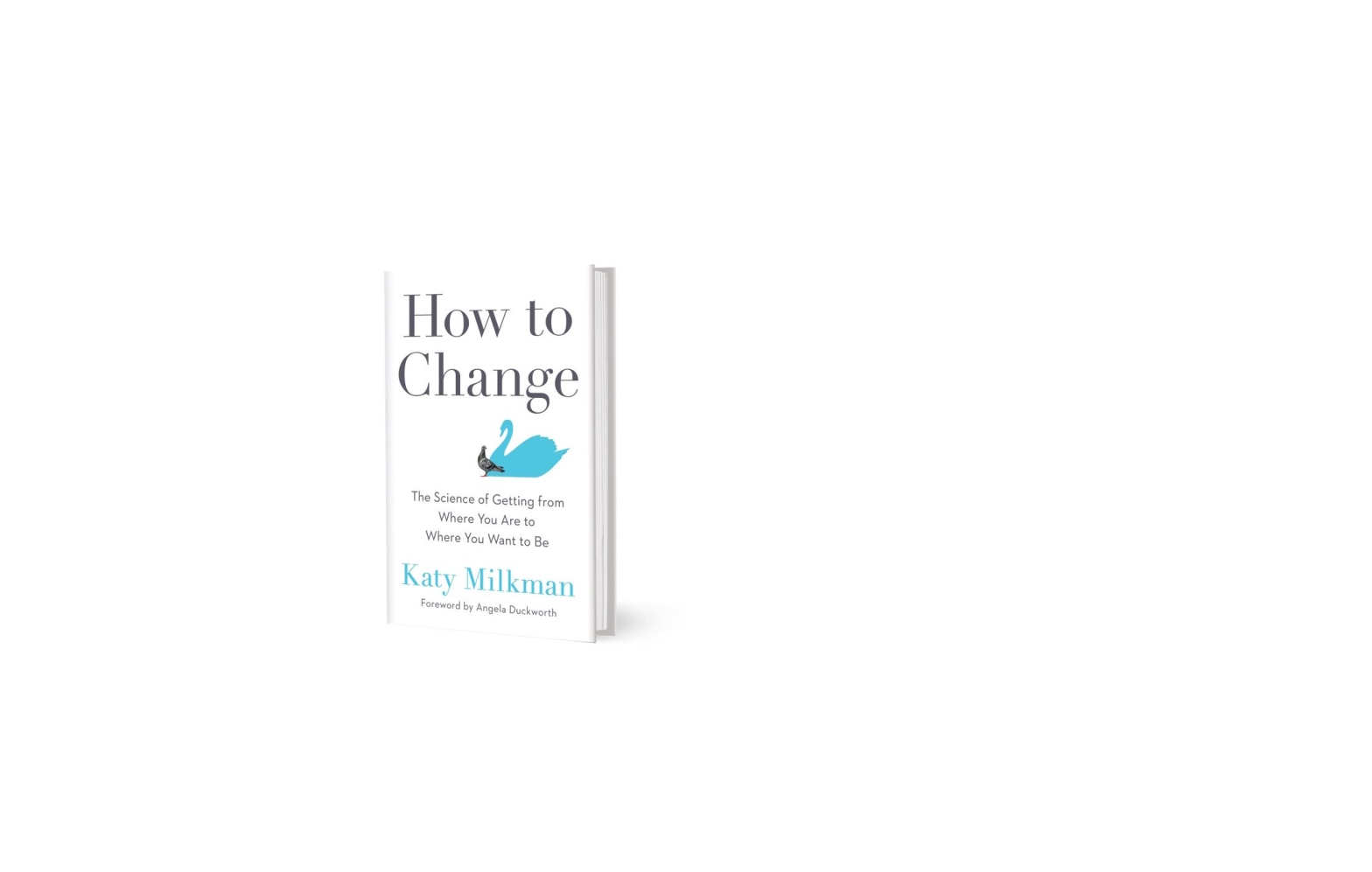I am full believer that salespeople, more than anything, help facilitate change.
For this reason, I was greatly interested in Katy Milkman’s new book, “How To Change, The Science of Getting From Where You Are To Where You Want To Be”.
Happily, I was not disappointed. It did not take long to find an incredibly powerful yet practical insight that can be applied to sales. In the very first chapter titled “Getting Started”, Katy tells the story of when she meet with leaders at Google. This visit led to a conversation about how to better facilitate lasting employee change that sparked a great insight.
After reviewing much research, Katy discovered that we are more likely to change when our efforts are paired with real or perceived fresh starts. Describing these opportunities as “blank slate” moments, Katy explains these valuable resets can be born of a variety of instances. They will include everything from changes to our physical environment like moving or taking a new job, as well as those created by the calendar such as the changing months and years.
But wait – what about those who set and then swiftly abandon our New Year’s resolutions well before Valentine’s Day strikes? Katy handles this typical objection as she does throughout book. Presenting ample science and clear-eyed logic, Katy agrees it is accurate many do give up on their resolutions. However, what most of us disregard is the significant amount of people who in fact do change. Thus, the power of the “blank slate” moment stands true.
So, if we do agree that salespeople help facilitate change, how can we embed this powerful lesson into our sales process?
I believe it means not only focusing on sparking or motivating change, but also on partnering with change.
Prospecting
While looking for individuals or companies who are undergoing a disrupting change as a means of prospecting is not a particularly novel strategy Katy’s research serves a welcome reminder of the wisdom of this approach and suggests we could benefit greatly from doubling down.
For example, consider this simple yet not nearly comprehensive list of reset moments in which a salesperson could look to serve their prospect:
- Fresh start due to a promotion
- New round of funding received
- Opening of a new office location
- Increase or decrease in team size
- New product launched
- New strategic vision/goals decided
Often times, these triggers present themselves if we are dedicated enough to listen. For example, as someone in training in development, I often learn my prospects are exploring services because they have decided to hire one or more new team members. And, because new hires will need to be trained, it presents a fresh opportunity for the entire team to make adjustments that can benefit everyone’s results in the future.
Discovery
Setting our valuable active listening skills aside, we can also use this knowledge to proactively plan questions for our discovery meetings with the intention of uncovering important fresh start opportunities being entered by our prospect.
For example, here are a three deeply revealing questions I’ve found uncover change triggers:
– What motivated you to take this meeting?
– Why now?
– What has changed since the last time we spoke?
In addition to posing these and other questions to prompt reset discussions, we should be emboldened by Katy’s research to broach the topic genuinely and directly, explaining the power of fresh start opportunities and inquiring if the prospect is aware of any that can be paired with the new product or service to maximize their return on investment.
Closing
Once we have identified any fresh starts and other factors impacting need we can adjust our timelines accordingly to present the close as a best next step towards our prospect experiencing the results they are looking for.
Finally, in the event no truly profound fresh start opportunities were surfaced we can stand back and look at the calendar to evaluate how to best help our prospect frame their decision for change. For instance, should the new product be launched in the beginning of the next month or the new quarter? Taking the time to consider these questions can help us avoid a clumsy or rushed close simply because it feels like the next step in the sales process. Best of all, it helps all parties feel empowered.
Conclusion
Being proactive is a strong recipe for success in sales and Katy Milkman’s great insight that we are more likely to change when paired with a real or perceived fresh start presents an amazing opportunity for us as to be more proactive in our process each and every step of the way.
Perhaps what is most exciting is by embracing this insight we can more fully shift our approach in sales away from the changing of minds (persuasion), or the sparking of change (motivation), to an empowering and transparent partnering with change.
So are you ready to reset your sales process to be a partner of change?
Consider reading this article your next fresh start.
—

